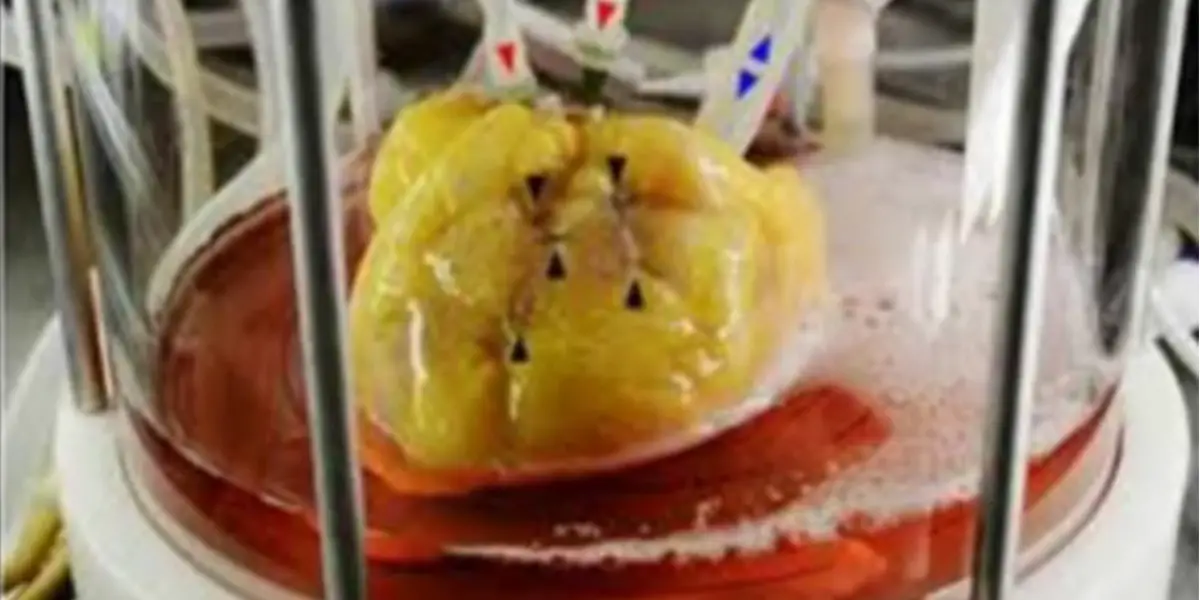How Researchers Are Using Stem Cells To Develop A Functioning Human Heart
Tags: News

Over the past several years, different teams of researchers from all over the world have been working to develop a working human heart using biological material such as stem cells. The first breakthrough came in 2016, when a team of researchers from Massachusetts General Hospital and Harvard Medical School were able to regenerate human heart tissue using stem cells.
The researchers published a study that year in the journal Circulation Research, showing how they used adult skin cells to regenerate functional human heart tissue.
Popular Science summarized the study:
“They stripped away many of the cells on 73 donor hearts that were deemed unfit for transplantation. Then the researchers took adult skin cells and used a new technique with messenger RNA to turn them into pluripotent stem cells, the cells that can become specialized to any type of cell in the human body, and then induced them to become two different types of cardiac cells…For two weeks they infused the hearts with a nutrient solution and allowed them to grow under similar forces to those a heart would be subject to inside the human body. After those two weeks, the hearts contained well-structured tissue that looked similar to immature hearts; when the researchers gave the hearts a shock of electricity, they started beating.”
Shortly after, numerous different studies were published showing how researchers were able to replicate and improve upon these findings. In November of 2017, researchers at Duke University created human heart muscle in the laboratory, and successfully grew it large enough to provide a patch that contracts and transmits electrical signals.
Ilia Shadrin, a biomedical engineering doctoral student at Duke University and lead author of the study, says that this is a different approach to treating heart problems.
“Right now, virtually all existing therapies are aimed at reducing the symptoms from the damage that’s already been done to the heart, but no approaches have been able to replace the muscle that’s lost, because once it’s dead, it does not grow back on its own. This is a way that we could replace lost muscle with tissue made outside the body.”
Then, in April of last year, researchers at Columbia Engineering was able to replicate heart tissue that actually behaved like real human tissue, a feat that previous studies were not able to accomplish.
Columbia professor Gordana Vunjak-Novakovic explains:
“Many of the ongoing efforts—including those from our lab—have been biomimetic in nature, trying to recapitulate the known events present during native development. Because these efforts have been limited in how much maturation can be achieved, we decided to try something totally new: to explore the concept of accelerated development. It took a lot of creative thinking and clever engineering by the whole team across both campuses of Columbia University to develop the model we now have, a highly matured, patient-specific heart muscle that can be used for studies of heart development, physiology, disease, and responses to drugs.”
Leave Comment: